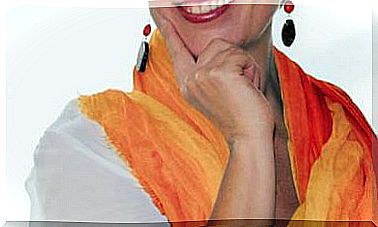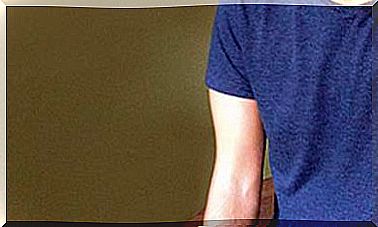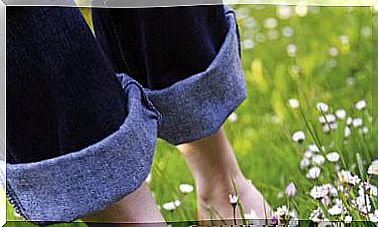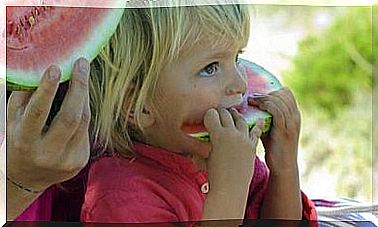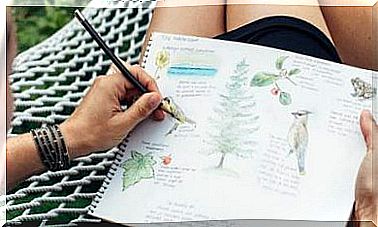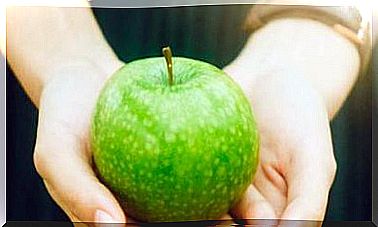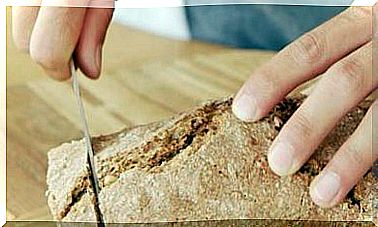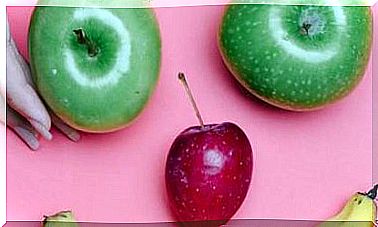Plan To Drink More Water And Hydrate Well
Questions often arise about how much water to drink, what is the best water, or whether drinking too little causes health problems. We will try to solve them all below.
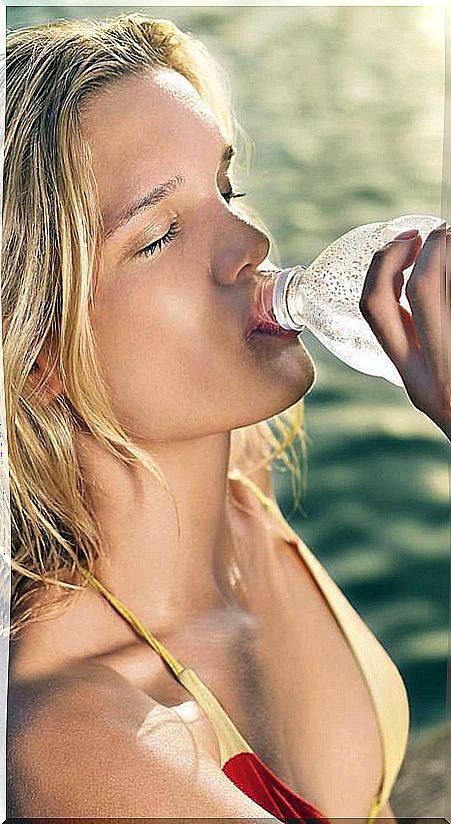
The body eliminates 1.5 liters through urine, 0.5 liters through sweat and about 0.4 through breath. Therefore we must recover an average of 2.5 liters through food and table water.
Now, all these figures are statistical averages. Individual reality varies depending on body weight, activity and climate, among other factors. The need for 2.5 liters – this figure is taken as a reference – is satisfied through solid foods and beverages.
Water present in food
Obtaining liquid depends on the type of diet. For example, if you follow a light-calorie diet that includes significant amounts of fruits and vegetables, which are 85-95% water, the need to drink water is less than if the menus are caloric and you consume a lot of meat, fat , bread, chips or sugar, which are foods with a low proportion of water. Excess salt in the diet is another factor that increases the need for fluid.
- The foods richest in water are vegetables. The record is held by the cucumber, with a proportion of 95.6% by weight. It is followed by lettuce (94.4%). Root vegetables have a somewhat lower proportion: carrots 88.6%, for example.
- The fruit is almost as juicy. Watermelons and melons contain up to 92% water. Apples and pears, around 84%. Dried fruits, 20%.
- Cereals and legumes contain 12% (dry) but cooked can reach 71%. The bread varies between 34 and 37%.
Varying needs
Most nutritionists agree that you should drink around 1.5 liters of water daily, but taking into account that this is a theoretical advice, an average. For example, heavy people who exercise and eat few vegetables may need twice as much or more.
On the other hand, in the warm seasons the needs increase, especially if sports activities are carried out, sunbathing or the climate is humid.
It is good to know that sports doctors recommend that you drink between 0.5 and 1 liter for every hour of exercise. They also advise that it be drunk before, during and after the activity.
How to identify thirst
In practice, the amount of water that is drunk should be determined by thirst, which is the means used by the body to avoid dehydration. The problem is that to perceive thirst you have to be attentive and pay attention to it.
It is possible to lose sensitivity to thirst because you do not drink at the first symptoms, which are a sensation of dryness in the mouth and constriction in the pharynx and glottis. It is one of the reasons why many elderly people – who have also become accustomed to the sensations of dryness associated with age – drink less than necessary.
Another reason for the loss of feeling of thirst is that it is confused with hunger. It is common for a person to feel thirsty and eat instead of drinking. Especially if you are a little anxious. But these are different sensations: hunger does not manifest itself in the mouth, but in the stomach.
Two types of water deficits
The feeling of thirst is one, but it can appear as a consequence of two types of dehydration.
- It can be said that there is an intracellular thirst that is caused by the deficiency of water within the cells. This lack of fluid occurs because it is absorbed by blood, lymph, and interstitial fluid, which need to be kept at an adequate density.
- The second type of thirst is extracellular and occurs when the deficit affects the blood, lymph, and interstitial fluid. It only appears in exceptional situations, due to strenuous activity or heat stroke. To satiate it, you have to drink water and also replace salts because, otherwise, the body cannot retain the liquid.
Hydration guidelines
If it is considered that it is necessary to hydrate a little better, it is advisable to follow an action plan. Work and everyday activities can absorb attention so that you don’t have time to feel thirsty. In this case, three measures can be taken:
- Set a schedule. It is about determining the moments in which we will stop to drink a glass of water. For example, if you decide to drink around 1.5 liters per day, you can distribute the intake of seven or eight glasses throughout the day, approximately every two hours. In this way you drink a glass when you wake up (a good moment, because 8 hours have passed since the last intake), two glasses throughout the morning, another glass with food, two glasses in the afternoon, a glass with the dinner and another before bed. To remember when to drink, you can use the alarm on your mobile phone or computer.
- Prepare the volume to drink. It can be more comfortable and simple to fill a bottle or a thermos with the water that you want to drink throughout the day and keep it always in sight, so that we are always aware of the amount already drunk and the missing.
- Drink after each urination. In this case, the preventive alarm is set by the body itself. It’s about drinking after every visit to the toilet. You can even take the same amount – or a little more – than what has been removed.
4 water cures that help you feel good
If drunk according to some guidelines, water can deeply hydrate the body to optimize its physiological processes. It also helps to drag toxic substances that need to be eliminated.
Hydration cure 1.
The objective is to provide the necessary water and a little more to compensate for deficiencies at deep levels, that is, inside the cells. It can be maintained from one to three months and is not indicated for people with overweight and hypertension. Throughout the day, drink 9 glasses of 250 ml of weakly mineralized water. For instance:
- During breakfast
- At 10am
- At 12 o’clock
- At noon
- Early afternoon
- In the afternoon (6pm)
- Before dinner
- Before sleep
Hydration cure 2.
Instead of fixing the amount, the references are urination. Depending on the amount removed, an equivalent volume is immediately taken. If urination is too frequent, drink a slightly less amount than is eliminated. It can be done every other week for three months.
Purifying cure.
The goal is to hydrate and detoxify. For this reason, the cure is carried out with very weak mineralization water (less than 50 mg of dry residue), which has a greater capacity to carry cellular metabolic residues. It consists of making seven shots of half a liter each. As it is a volume that doubles that recommended per day, it is not recommended in people with heart or kidney failure, in hypertensive patients and in those who suffer from fluid retention. Each intake can be extended for half an hour.
In sports practice.
- Half an hour before the effort, drink a moderate amount of water (two glasses).
- During practice, drink a little every 15 minutes if possible (this water may contain glucose). At the end you have to replace the lost fluid.
- If you have sweated very intensely, to this water you can add one gram of salt per liter to promote its assimilation and compensate for the loss of sodium.
Big or small, hot or cold?
When it comes to drinking, some people wonder if it is better to drink large or small sips. In both ways, practically the same level of hydration is achieved. It is more a question of temperament: some people tend to drink fast and others, slow.
If anything, it can be said that if you sip it, it is likely that you will ingest less, because the feeling of fullness occurs earlier. Hypertensive people can benefit from drinking this way because it reduces the chance that a sudden large drink will increase blood pressure.
To hydrate, is it better to drink hot or cold?
Another frequent question is whether it is more convenient to drink hot or cold drinks. From the point of view of hydration, it may be relevant because one of the functions of water is to maintain body temperature.
- If the ambient temperature is low, having a hot drink can add some heat.
- If the environment is very warm, a cold drink helps reduce stored heat and reduces the need to sweat and therefore fluid loss.
- However, there is the paradox that a hot drink in summer can produce a refreshing sensation by causing sweat that evaporates on the skin.
- Should avoid extremes: the very cold drinks in summer favor throat problems and taken during meals hinder digestion.
Good hydrating drinks
The composition and quality of water varies greatly. It is not the same water that gushes out in a high mountain spring as that that comes out of the taps of a flat in the city. And to that we must add the differences between the rocks through which they flow, which vary the composition of their dissolved salts both in one case and the other.
- Spring waters of weak mineralization (with less than 500 mg of salts per liter) or very weak (with less than 50 mg) are the most hydrating because they pass quickly from the small intestine to the blood circulation. This is due to osmotic pressure, by which the densest liquid (blood) takes water from the one that contains fewer dissolved elements (water poor in minerals).
- Infusions. Infusions of certain plants such as verbena, mint, linden or lemon balm, which have a pleasant taste and aroma and which some people find more attractive than plain water , can also be considered moisturizing . However, it can be said that it is not possible that a human being does not like water. In the first place because it hardly has any flavor and in the second place because it is its natural drink and practically exclusive in nature. In any case, there is nothing harmful in obtaining part of the liquid that is needed daily through infusions, as long as no sugar is added or plants such as birch, horsetail or dandelion are not used, which are diuretic, that is to say, they increase the elimination of liquid.
- Fruit and vegetable juices are healthy drinks but their concentration of nutrients is so high that they cannot be ingested in large quantities. A liter and a half of fruit juice would provide almost 700 calories and probably excessive amounts of vitamins. Therefore, they are not suitable drinks to satisfy thirst, although they can be taken in moderation, as is or mixed with water.
Drinks that don’t quench thirst
Other beverages such as coffee, tea, chocolate, soft drinks or alcoholic beverages cannot be considered hydrating because they contain compounds that contradict this function.
For example, they provide alkaloids that exert a diuretic effect, toxins that must be purified or extra doses of sugar that, when reaching the blood in the form of glucose, increase the absorption of water in the environment of the cells. That is why when you drink a soda your thirst is not quenched like when you drink water.
The most effective steps you can take to enhance your health are simple. Some are as good as filling a glass of water. We can drink it while we feel that each drop is going to fulfill an important mission in our body.
Symptoms of a possible water deficiency
Something as simple as drinking a sufficient amount of water every day can prevent the appearance of disorders such as fatigue, eczema or constipation. These are symptoms that denote a water deficiency:
- Tiredness. The lack of water slows down enzyme activity and therefore energy production. This is evident in the decrease in performance of athletes due to the loss of fluid.
- Constipation. If the body needs fluid, it takes every last drop of it that reaches the small intestine. As a result, the stool is dry, hard, and difficult to remove. It is one of the main symptoms of dehydration.
- Premature aging. The skin is the place where the internal lack of water is most reflected. There is a loss of water in the tissues that is associated with age, but it can also occur due to lack of hydration.
- Digestive disorders Heaviness, bloating, aches, and nausea can be caused by insufficient water intake. In the event of chronic dehydration, it is difficult for the digestive system to produce the 7 liters of gastric juices it needs for its proper functioning and to keep the mucous membranes in good condition.
- Hypertension and hypotension. If the blood does not have enough fluid volume, it increases the pressure necessary to move it and direct it where it is needed. In people who do not have tone in the blood vessels, the opposite reaction can occur, a drop in blood pressure.
- Respiratory disorders. The dryness of the mucous membranes can lead to the multiplication of viruses and bacteria, as well as coughing and other discomforts.
- Eczema If you are not well hydrated, sweat carries more concentrated toxins, which can cause irritations, spots, itching, pimples, etc.
- Urinary infections. If the urine is not sufficiently diluted and is not expelled with the correct frequency and quantity, the irritants can cause lesions in the mucous membranes, where the bacteria that cause painful infections multiply.
